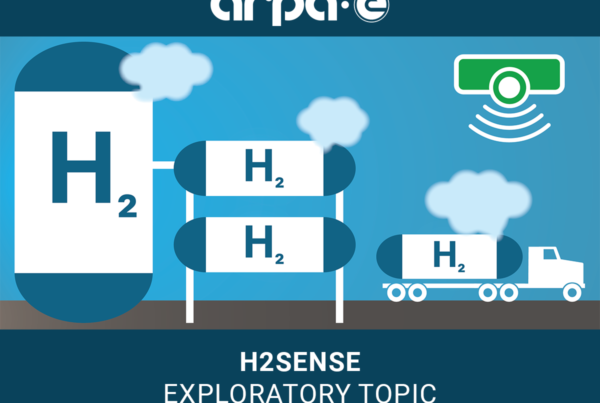
Linde Engineering and AGR (Abfallentsorgungs-Gesellschaft Ruhrgebiet mbH) in Herten, Germany, has won the official bid for the design and development of an integrated hydrogen fueling station and electrolysis facility.
Linde Engineering has been awarded the contract to plan and build an integrated hydrogen filling station and electrolysis plant for AGR in Herten, Germany.
The hydrogen production with high-performance filling station (H2TP) project is funded by the Federal Ministry of Transport and Digital Infrastructure with up to 6.2 million euros as part of the National Innovation Program for Hydrogen and Fuel Cell Technology. The funding guidelines are coordinated by NOW GmbH and implemented by Project Management Jülich (PtJ).
The project includes proton exchange membrane electrolysers (PEM), compressors, storage tanks and a high-performance filling station. The contract also contains provisions for Linde Engineering to provide maintenance and service. The electrolysers will produce around 440,000 kg of hydrogen annually. The electricity will come from the AGR waste power plant, in which municipal and commercial waste with a biogenic share of around 50 percent serves as the main fuel source. The electricity required for the production of green hydrogen is generated from energy efficiency measures implemented by AGR, so that both the existing capacity for delivering environmentally friendly electricity and environmentally friendly heat to the public grid and the electricity for the electrolyser are ensured.
The planned filling station can fill vehicles with 350 bar and 700 bar and is therefore suitable for refueling trucks as well as cars. The green hydrogen produced in Herten will primarily be available for refueling vehicles in private and public transport. The focus here is on the vehicles of the delivering municipalities and the company’s own fleet of trucks, as well as the sale and delivery of trade and industry in the region. Thanks to the thermal recycling of local waste and its conversion into hydrogen, the company is a successful example of the circular economy in action. In the near future, green hydrogen will be produced in Herten from the green electricity of the waste power plant for refueling the refuse collection vehicles.
“The collaboration is a good example of how Linde can support companies and municipalities with an integrated hydrogen supply,” says Michael Schäffer, Head of Hydrogen and Synthesis Gas Plants at Linde Engineering. “This ambitious project includes excellent solutions such as electrolysis and refueling technologies that fit well with the activities of AGR for a climate-friendly circular economy. A decentralized hydrogen project like the one in Herten has the potential to serve as a model for other regions.”
Joachim Ronge, CEO of AGR, explains the decision to produce hydrogen in Herten: “We have been pursuing the strategy of high energy recovery for years, combining disposal security and climate protection. After increasing district heating extraction since 2019, we have started production of hydrogen, together with other companies, take further steps towards more climate protection. Thermal waste treatment plants offer the best prerequisites for the implementation of this technology for the decarbonization of logistics: Waste collection vehicles deliver waste with a biogenic content, which is used energetically to generate hydrogen, and then refuel with this green hydrogen. ”
About AGR
The AGR Abfallentsorgungs-Gesellschaft Ruhrgebiet mbH (AGR) has been operating a facility for the thermal treatment of waste with the RZR Herten since 1982. With the energy obtained from this, the waste power plant supplies energy to power the equivalent of over 50,000 households every year. It also supplies 25,000 households with climate-friendly heat. AGR works with around 950 employees in the five business areas of circular economy and logistics, thermal treatment, landfill management, environmental services and secondary products. In this way, AGR makes an important contribution to disposal security in the region and gains electricity, steam and district heating as well as secondary raw materials from waste management activities.
Read the most up to date Fuel Cell and Hydrogen Industry news at FuelCellsWorks




